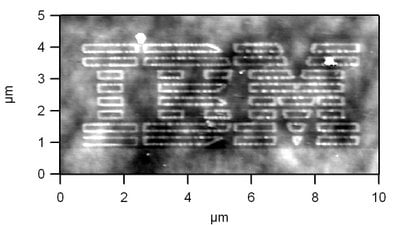Sounds great, and of course we’re no where near any of that (although a 3D printer could be said to convert a vat of powder into a useful object), but one of the keys to futuristic nanotech would have to be the ability to create very tiny machines. IBM and others have been working on methods of actually doing this by manipulating atoms and molecules, but we definitely do not have bio-bots yet.
Now we read a fanciful idea that proposes to make this happen. halfbakery posits the notion of creating a truly self-replicating 3D printer. Wait a moment, you ask – isn’t RepRap supposed to do that already? Yes, it’s part-way there. It can produce many of the parts required to assemble another unit, but not quite everything can be produced yet. They envision a design that is extremely simple and thus even easier to reproduce. And then there’s that troublesome “assembly” stage, which requires the assistance of carbon-based units.
Suppose, halfbakery writes, the unit was in fact able to produce ALL necessary parts, and even assemble them together such that the “offspring” unit was able to immediately function. Then they propose a dramatic step: instruct the device to produce a half-size duplicate of itself! If you supplied sufficient raw material for one full-size unit, this first operation would consume one-half of the raw material. The next “generation” would consume half again, leaving one quarter of the material. If this process proceeded through several generations, it would not be very long until you had a device that was rather tiny.
Would this work? We suspect that some mechanical limitations would at some point render the design non-functional.
Unless the device design took that into account…
Via halfbakery


